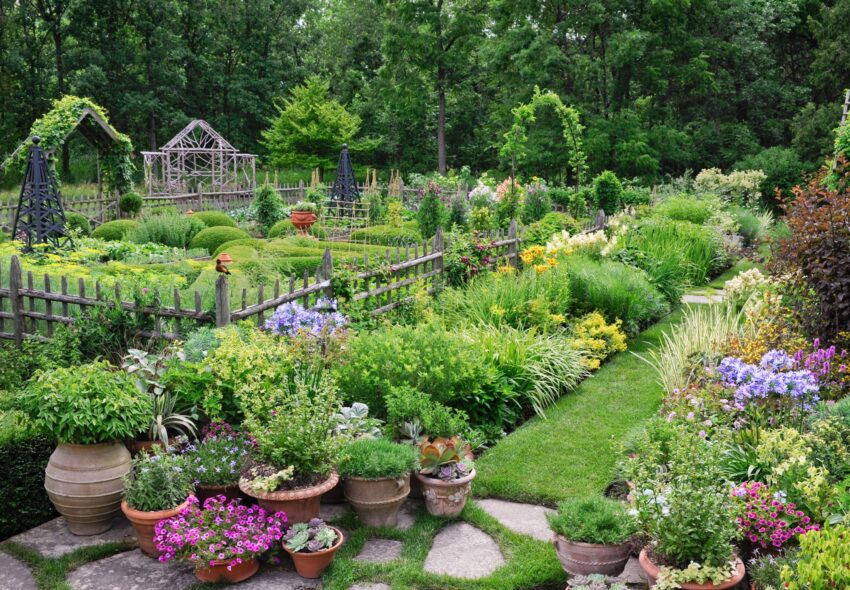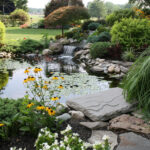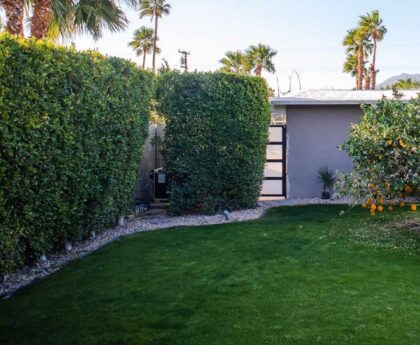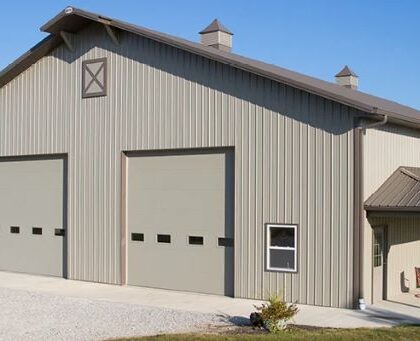Are you looking to create a green garden that not only looks beautiful but is also more sustainable and environmentally friendly? Whether you’re an experienced gardener or just starting out, there are a number of steps you can take to make your garden greener and more eco-friendly. In this article, we’ll provide you with a comprehensive guide on how to create a green garden that’s not only good for the planet but also for your health and well-being.
Why Create a Green Garden?
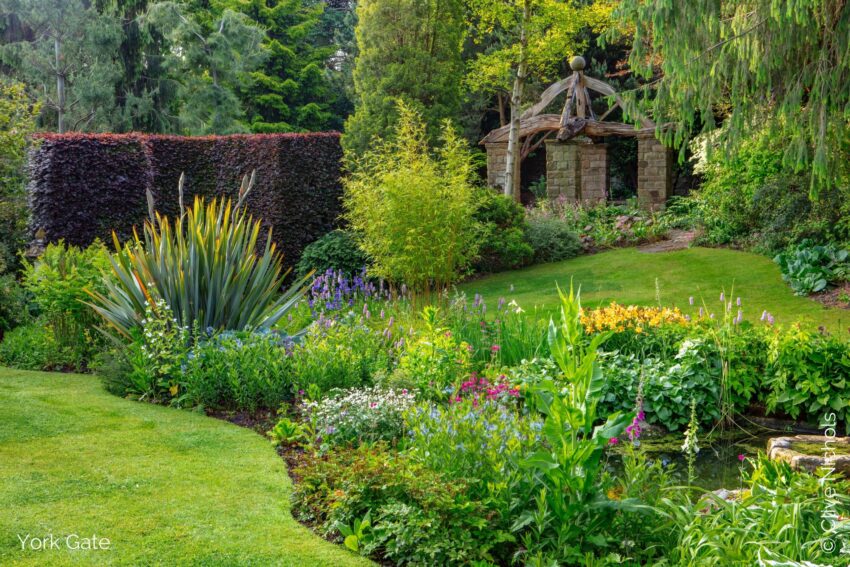
Before we dive into the tips and tricks for creating a green garden, it’s important to understand why it’s important to do so. There are a number of benefits to creating a sustainable garden, including:
- Reducing your carbon footprint: By choosing sustainable practices and materials, you can help reduce your impact on the environment.
- Improving air and water quality: Plants help purify the air and soil, which can have a positive impact on your health and the environment.
- Supporting local ecosystems: By choosing native plants and avoiding harmful chemicals, you can help support the local ecosystem and preserve biodiversity.
- Saving money: A green garden can be more cost-effective in the long run, as it requires less water, fertilizer, and maintenance.
Tips and Tricks for Creating a Green Garden
Now that we’ve covered the benefits of creating a green garden, let’s dive into the tips and tricks for doing so. Whether you’re starting from scratch or revamping an existing garden, these tips will help you create a more sustainable and eco-friendly space.
1. Choose Native Plants
One of the easiest ways to create a green garden is to choose native plants. Native plants are those that are naturally found in your region and are adapted to the local climate and soil conditions. They require less water, fertilizer, and maintenance than non-native plants, making them more sustainable and eco-friendly.
2. Use Organic Fertilizers
When it comes to fertilizing your garden, it’s important to choose organic options. Organic fertilizers are made from natural materials, such as compost, manure, and bone meal, and are free of harmful chemicals and synthetic additives. They provide your plants with the nutrients they need without damaging the environment or your health.
3. Avoid Harmful Chemicals
Another important step in creating a green garden is to avoid harmful chemicals. This includes pesticides, herbicides, and fungicides, which can be harmful to both the environment and your health. Instead, opt for natural alternatives, such as neem oil, diatomaceous earth, and companion planting.
4. Conserve Water
Water conservation is a key aspect of creating a green garden. There are a number of ways to conserve water in your garden, including:
- Installing a rain barrel to collect rainwater for watering your plants.
- Using drip irrigation instead of sprinklers, which can waste water.
- Watering your plants early in the morning or late in the evening, when evaporation rates are lower.
- Mulching around your plants to help retain moisture in the soil.
5. Compost
Composting is an excellent way to create nutrient-rich soil for your garden while reducing waste. Composting involves collecting organic waste, such as food scraps and yard trimmings, and allowing them to decompose into a nutrient-rich soil amendment. This can help reduce the amount of waste you produce while also improving the health and sustainability of your garden.
6. Choose Sustainable Materials
When building or landscaping your garden, it’s important to choose sustainable materials. This includes using reclaimed or recycled materials, such as old bricks or pallets, instead of new materials. It also means avoiding materials that are harmful to the environment, such as pressure-treated wood, which contains harmful chemicals that can leach into the soil and water.
7. Provide Habitat for Wildlife
Creating a green garden means supporting local ecosystems and preserving biodiversity. One way to do this is to provide habitat for wildlife in your garden. This can include installing birdhouses, planting native flowers that attract pollinators, and leaving a small patch of wild space for insects and other wildlife to thrive.
8. Practice Crop Rotation
If you’re growing vegetables in your garden, it’s important to practice crop rotation. This involves planting different crops in different areas of your garden each year to help prevent soil-borne diseases and pests. It can also help improve the health and productivity of your garden.
9. Choose Energy-Efficient Lighting
If you’re lighting your garden at night, it’s important to choose energy-efficient options. This includes LED lights, which use less energy than traditional incandescent bulbs and can last up to 25 times longer. You can also use solar-powered lights, which are powered by the sun and require no electricity.
10. Use Natural Pest Control
Instead of using harmful chemicals to control pests in your garden, opt for natural alternatives. This includes companion planting, which involves planting certain plants together to help repel pests and using natural predators, such as ladybugs and praying mantises, to control insects.
11. Plant Trees
Planting trees in your garden is not only aesthetically pleasing but also environmentally beneficial. Trees provide shade, reduce erosion, and absorb carbon dioxide from the atmosphere, helping to mitigate climate change. They also provide habitat for wildlife and can help improve air and water quality.
12. Choose Perennial Plants
When choosing plants for your garden, consider opting for perennial plants instead of annuals. Perennial plants come back year after year, requiring less water, fertilizer, and maintenance than annually. This can help reduce waste and improve the sustainability of your garden.
13. Reduce Lawn Size
Lawns require a lot of water, fertilizer, and maintenance, making them one of the least sustainable aspects of a garden. Consider reducing the size of your lawn and replacing it with native plants, shrubs, or a vegetable garden.
14. Practice Integrated Pest Management
Integrated pest management (IPM) is a sustainable approach to controlling pests in your garden. This involves using a combination of natural pest control methods, such as companion planting and natural predators, along with targeted use of pesticides when necessary.
15. Support Local Farmers
Finally, one of the most sustainable things you can do for your garden is to support local farmers. Buying locally grown produce not only supports the local economy but also reduces the carbon footprint associated with transporting food long distances.
Conclusion
Creating a green garden is not only good for the planet but also for your health and well-being. By choosing sustainable practices and materials, you can reduce your impact on the environment, improve air and water quality, and support local ecosystems. Follow these tips and tricks to create a green garden that’s beautiful, sustainable, and eco-friendly.

